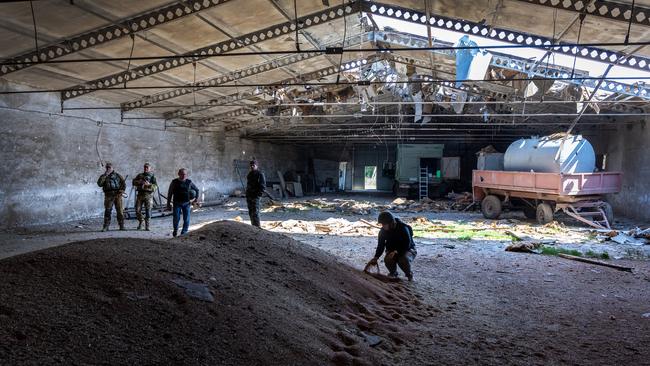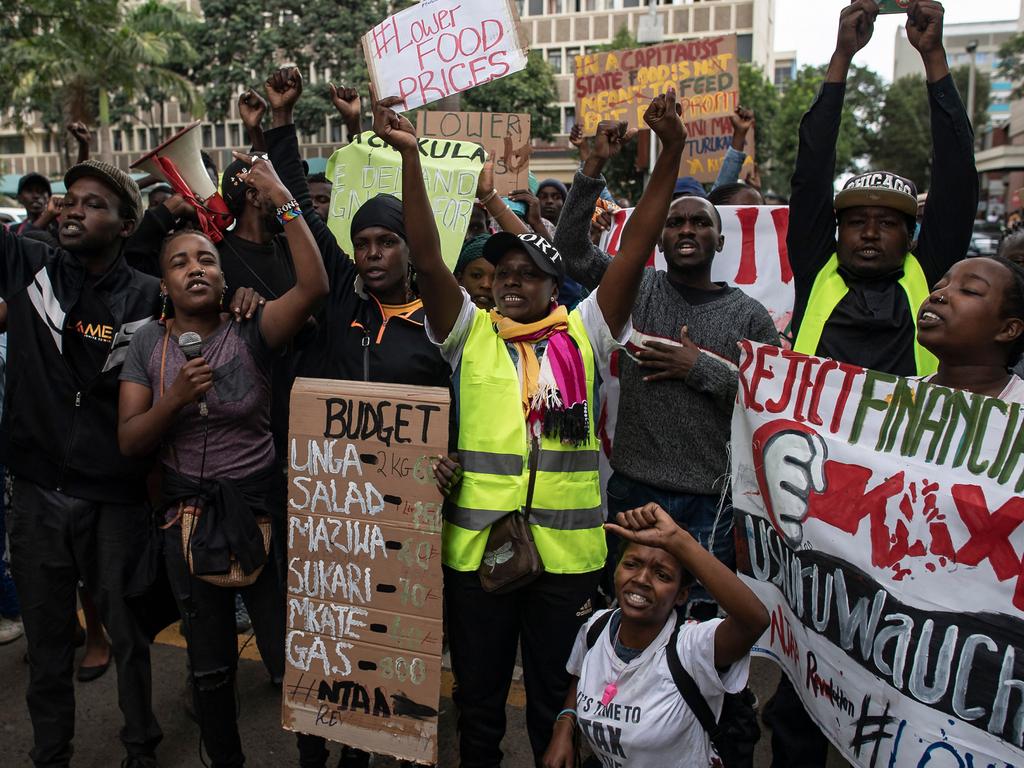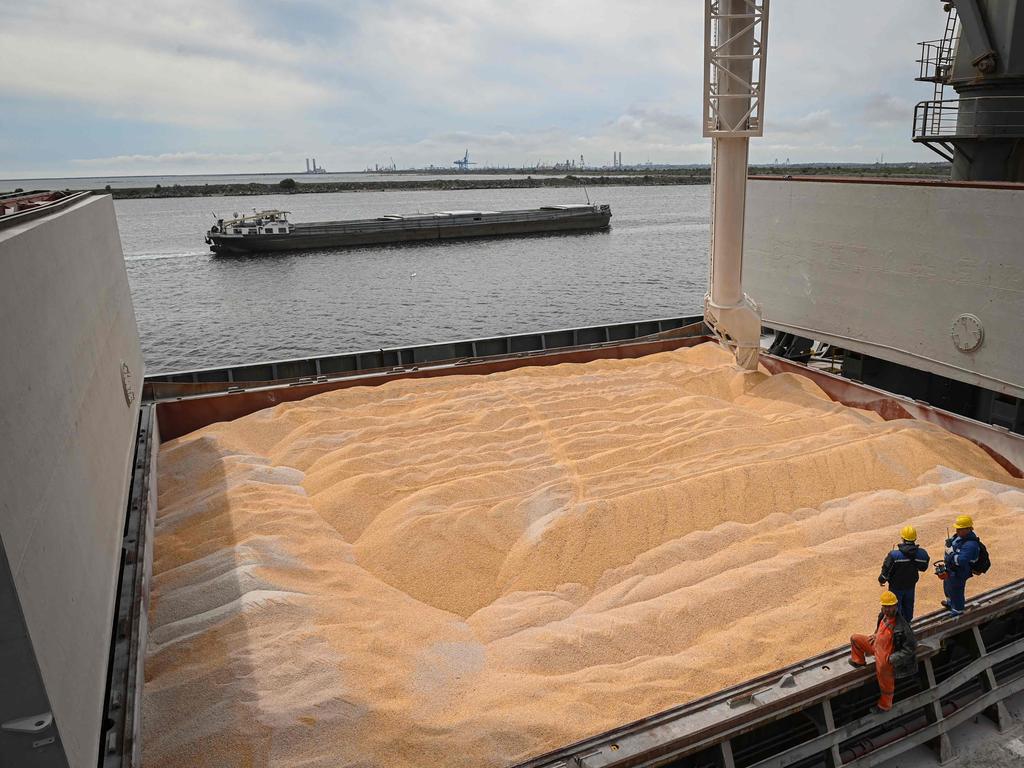Race against time to avert famines with grain trains
Europe wrestles with an 85mm problem as it struggles to get 20 million tonnes of grain out of Ukraine and into countries teetering on famine.

Europe is wrestling with a problem not much larger than the length of a standard HB pencil as it struggles to get an estimated 20 million tonnes of grain out of Ukrainian silos and into countries teetering on the edge of famine.
With Ukraine’s Black Sea ports blockaded by the Russian navy, shipments of wheat, maize, sunflower seeds and other crops are being delayed for up to 30 days at the country’s land borders as it shifts its exports to rail.
One of the most significant obstacles on these routes is the 85mm that separates the Ukrainian gauge from that of its western neighbours, a hangover from the Soviet era. This means the cargo has to be reloaded on to European standard-gauge wagons at the border, leading to queues of as many as 10,000 wagons.
Time is running out for everyone involved. The UN has warned of an impending global food crisis that may last for years as the war cuts off the flow of cereals, fertilisers and animal feed from Ukraine and Russia.
Ukraine alone normally produces enough food to feed 400 million people. The abrupt halt to its exports has helped to drive up prices of staples such as flour and cooking oil, as well as threatening states in North Africa and the Middle East with acute food shortages.
The war in Ukraine, on top of all the other global crises, threatens tens of millions of people with food insecurity, malnutrition, mass hunger & famine.
— António Guterres (@antonioguterres) May 19, 2022
There is enough food in our world for everyone, but we must act together, urgently & with solidarity.
For Kyiv the grain is also an irreplaceable source of revenue, typically bringing in about $26.5bn a year, or about a third of the country’s annual income from exports. The government needs about $8.8bn a month to stay afloat and Ukraine’s economic output is forecast to shrink by more than a third this year, underscoring its pressing need for foreign currency.
Ukraine has until July to clear about 15 million tonnes of maize and 6.5 million of wheat out of its storage facilities to make space for this year’s harvest. Since the ports that would normally handle 80 per cent of this trade have been choked off and road haulage capacity is limited, much of it must leave the country by rail.
This is, in the words of Adina Valean, the EU’s Romanian transport commissioner, a “gigantic challenge”. For a start, the dozen or so railway border crossings capable of transferring the grain have been operating at their limits, especially in the case of the biggest of these facilities, at Izov on the Polish frontier.
Ukraine's exports are the driver of these 🇪🇺🇺🇦 Solidarity Lanes. Strengthening our transport links will also make it easier for Ukraine to import essential goods, such as humanitarian aid, food, animal feed, fertilisers, and fuel. pic.twitter.com/HUIAXxgXSq
— Adina Valean (@AdinaValean) May 12, 2022
At times there have been a total of more than 25,000 wagons backed up on the Ukrainian side of the border. Polish Agriculture Minister Henryk Kowalczyk said there was too little capacity in the system. “We have to reload or re-set the railway wagons, so it’s a bottleneck,” he told Polish radio.
Then there is the question of what to do with the grain once it arrives in the EU. Some is transported north to Poland’s Baltic Sea ports, including Gdansk and Gdynia. Another 60,000 tonnes a month passes along a circuitous “green corridor” running through Slovakia, the Czech Republic, Austria and Germany, ultimately arriving in Brake, a north German river port specialising in cereals.
The European Commission is setting up “solidarity lanes” to ease the blockages on the Ukrainian borders, matching spare rolling stock and lorries with outbound shipments, and giving cereals and animal feed priority.
In the long term its aim is to fund new railway links to Ukraine as a way of binding the country more closely to the EU and contributing to its reconstruction. Yet such is the scale and urgency of the task that other, more ambitious routes are coming into play. Romania has begun repairing a Soviet broad-gauge railway line from Giurgiulesti in Moldova to the Danube river port of Galati. In theory this could allow exports to travel on the same wagons all the way to the Black Sea.
The G7 has looked at using the ports in the three Baltic States. One proposal involved drafting in a fleet of 10,000 trucks to run a five-day shuttle service between Ukraine and the Black or Baltic seas. This month Marius Skuodis, the Lithuanian transport minister, said that negotiations were under way on a “humanitarian corridor” to take the grain to the Baltic by way of Belarus, meaning it could make the entire journey on old Soviet-gauge railways.
THE TIMES







To join the conversation, please log in. Don't have an account? Register
Join the conversation, you are commenting as Logout